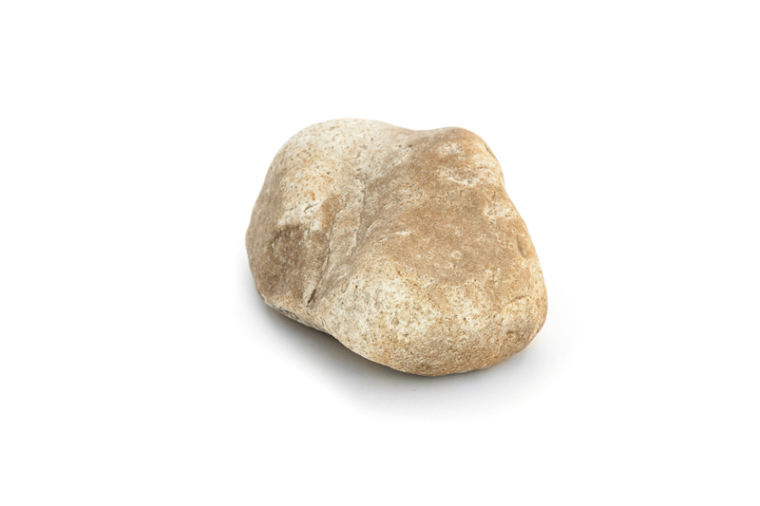
There is a Holocaust memorial project in Hamburg, Germany where small brass plaques etched with the names of those who perished in the Holocaust, are embedded in the pavement outside the houses where these people once lived.
Artist Gunter Demnig calls these plaques ‘stolpersteine’, ‘tripping stones’: they trip the memories of passers-by to recall some of the individuals who lived there, not just the anonymous six million who were taken, and to remember that the horrors happened in the streets and marketplaces to real, flesh-and-blood people from the very old to the very young.
Some townsfolk are affronted by this re-engagement with the past.
They feel such a thing should be remembered in a ‘proper’ museum where one can choose to visit – or not. It is confronting and unpleasant to be reminded every day while going about one’s business.
There are many contemporary memorials to ‘distasteful’ events such as the displays of thousands of crosses in various war cemeteries and battlefields. Or the heaped mountains of lifejackets on beaches in Mediterranean countries. (The fact that most of these were not proper lifejackets adds to the power of the memorial.)
We have a tendency to ignore unpleasant history, to avoid the ‘stolpersteine’. We like to ‘correct’ it and amend it to suit contemporary sensibilities.
Or make it into entertainment.
Remember, history is usually told by the victor and that can make a great movie script.
We can choose to remember history by way of books and movies, displays of ancient artefacts, documentaries about long lost tribes in far-off lands. There are places such as the Museum of London which has a timeline of the history of London across thousands of years. Think of the historical books and movies, big stories of heroes and villains dealing with catastrophic events.
I must be one of only a handful of people who has not seen the movie Titanic. And I don’t wish to. A brilliant movie it may be, with a great musical score but it is not for me. I have forebears who built it, fitted it out, worked as crew and travelled as passengers on its fateful voyage.
It’s real history for me, not entertainment. It would certainly cause me to trip and fall flat on my face.
Is it much different with our history?
Christian history too, might feel safer if we keep it locked in our ‘museums’: inside our churches, our books, safely enclosed behind thick walls, committees, language and secret passwords. We can visit when we choose and thus the enormity of it can be managed more comfortably. It need not disturb.
But what’s the benefit of that?
Museums need visitors, they need to tell the story, but to have any influence, history needs to be ‘out there’ in the marketplace and on the street. To be real it must challenge us, engage with us.
There’s a couple of ways to remember history: be disinterested and uninterested, disengaged and distant, store it where we may or may not choose to go.
Or we could set it free in the wild.
Australian man Albert Stace, too, created ‘tripstones’ when from the 1930s until he died in 1967he wrote the word ‘Eternity’at least half a million times in yellow chalk, on the streets of Sydney.
He was moved to go into a church one night and heard a stirring sermon. As he said,‘I went in to get a cup of tea and a rock cake but I met the Rock of Ages’.
His one word ‘Eternity’ was a kind of tripstone, challenging passers-by to think of their future. What if we were to be ‘human tripstones’ in the paths that people tread each day? When people ‘trip against’ us, would our lives draw attention to a living history?

Sheelagh Wegman is a freelance writer and editor. She is in the community of St David’s Cathedral in Hobart and lives in the foothills of kunanyi/Mt Wellington.
Sheelagh Wegman’s previous articles may be viewed at http://www.pressserviceinternational.org/sheelagh-wegman.html